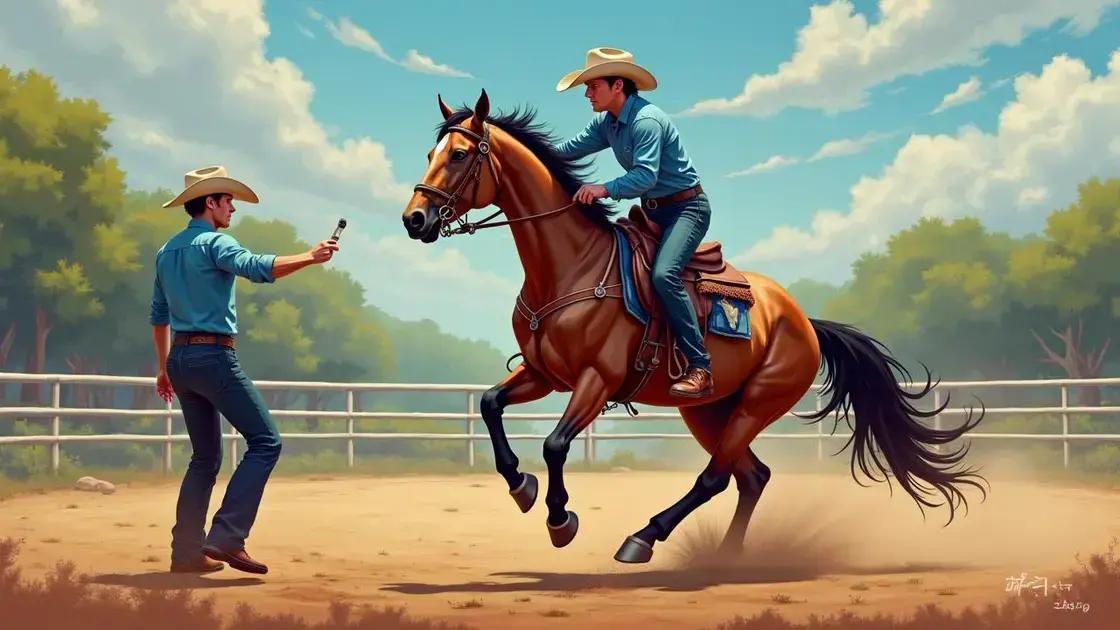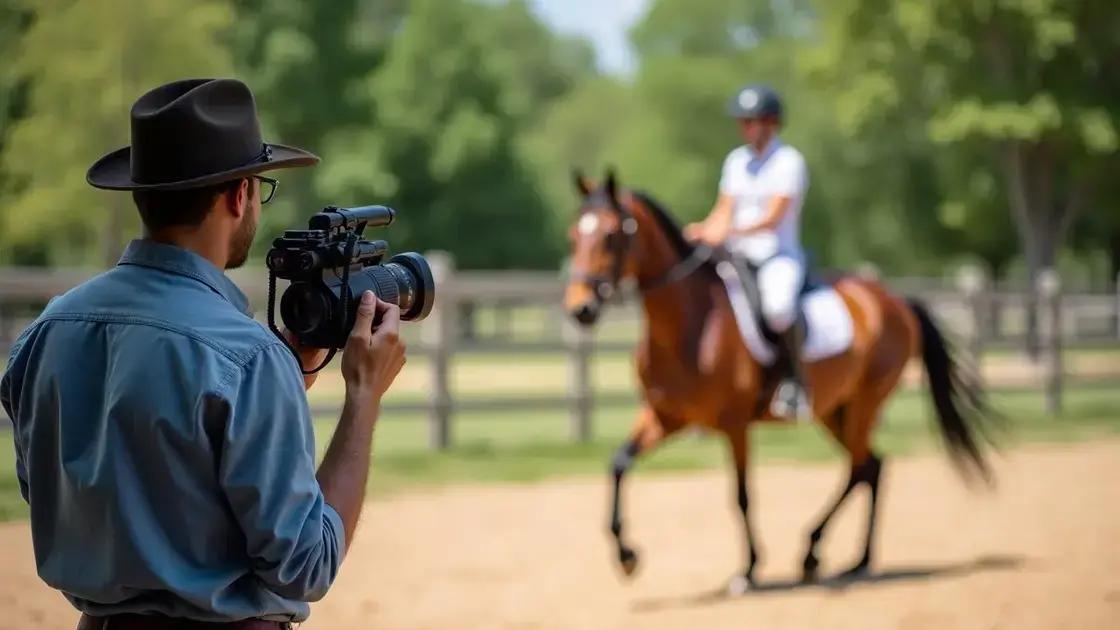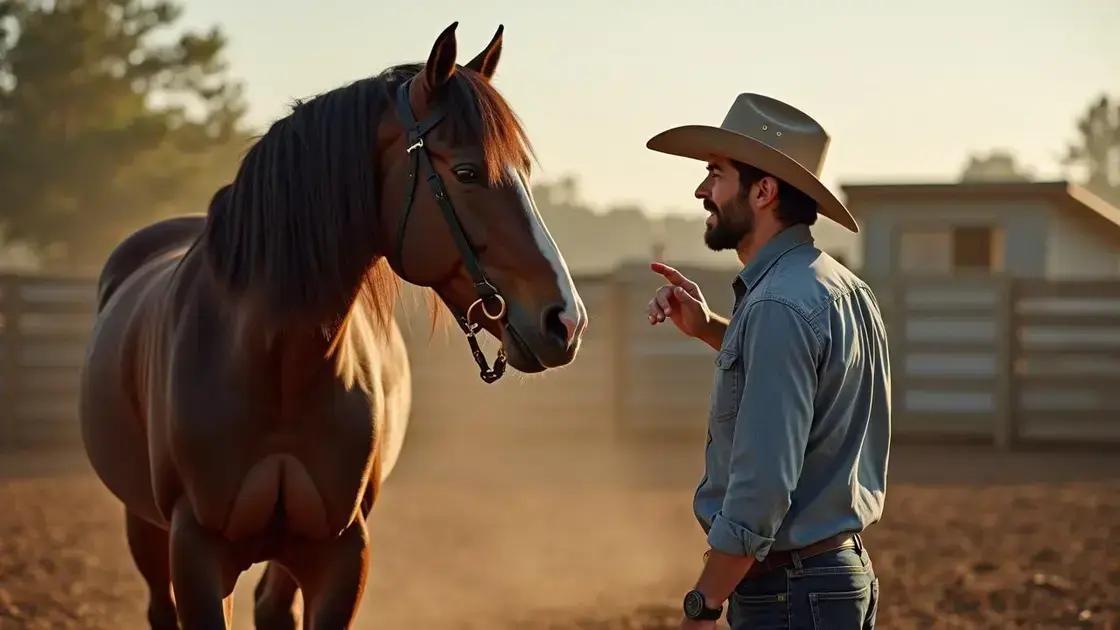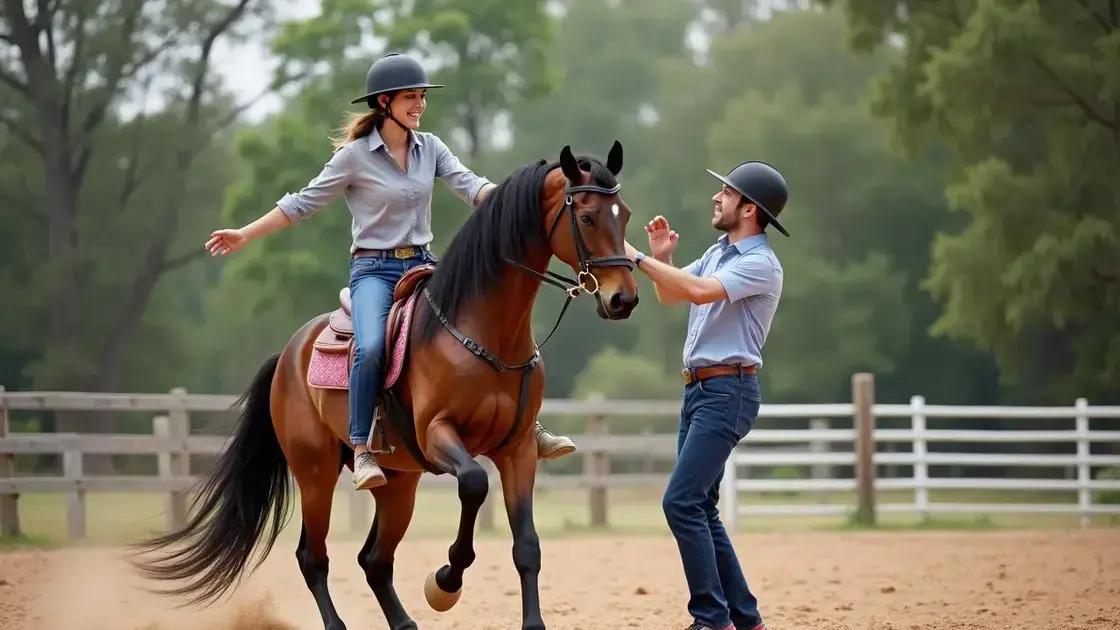Horse tricks are trained behaviors that strengthen the bond between horse and trainer, improve mental stimulation, and enhance physical coordination. To validate their effectiveness, use consistent cues, record training sessions, measure response times, and seek feedback from experienced trainers.
Understanding whether a horse trick is effective can significantly improve training outcomes. This guide dives deep into the nuances of horse training, focusing on validation methods to ensure your horse learns and performs tricks successfully. Discover the best practices for evaluating tricks, avoiding common pitfalls, and making training sessions enjoyable for both you and your horse. Let’s explore how to ensure your efforts lead to successful horse tricks and happier, more responsive horses.
What is the Horse Trick?

A horse trick is a specific behavior or action that a horse is trained to perform. These tricks can include simple tasks, like sitting or bowing, to more complex actions, such as jumping through hoops or performing dances. They are often used in shows, competitions, or as enjoyable activities during training sessions.
The Importance of Horse Tricks
Training a horse to perform tricks not only showcases their intelligence but also builds a strong bond between the horse and trainer. It is essential for trainers to use positive reinforcement techniques, which encourage the horse and make the learning process fun.
Types of Horse Tricks
Some common horse tricks include:
- Back-up: The horse learns to walk backward on command.
- Circle: The horse turns in a circle on cue.
- Lie Down: The horse lies down on command, exhibiting trust and comfort.
- Wave: The horse raises a hoof as if waving hello.
Performing these tricks can create a joyful atmosphere and enhance the horse’s mental stimulation.
How Horse Tricks are Learned
To teach a horse a trick, the trainer typically starts with basic commands and gradually introduces the trick. Using a combination of verbal cues, body language, and treats can be effective. It is critical to remain patient and consistent throughout the training process.
Methods to Validate Horse Tricks

Validating horse tricks is crucial to ensure that your training methods are effective and that the horse understands the commands given. Here are some key methods for validation:
1. Observe Consistency
One primary way to validate a horse trick is by observing the horse’s consistency in performing the trick on command. A horse that reliably executes the trick after repeated practice shows a clear understanding of what is expected.
2. Use Video Recording
Recording training sessions can be beneficial. Watching the videos allows you to analyze the horse’s performance closely. Look for improvements over time or any signs of confusion. By reviewing recordings, you can adapt your approach if necessary.
3. Measure Response Time
Another method is to measure the time it takes for your horse to respond to commands. A quicker response often indicates a strong understanding of the trick. If the horse hesitates, it may need more practice or clearer cues.
4. Seek Feedback
Getting feedback from knowledgeable trainers or instructors can also help validate your methods. They can provide insights into your training techniques and offer suggestions for improvement. Their experience can be invaluable in refining your approach.
Using these methods, you can effectively validate your horse’s tricks and ensure that your training sessions are fruitful.
Common Mistakes in Training

When training horses, avoiding common mistakes can help ensure a successful learning experience. Here are some common mistakes to watch out for:
1. Inconsistent Cues
Using different verbal commands or body language may confuse the horse. Always use the same cues consistently to help the horse understand what is expected.
2. Lack of Patience
Training takes time, and rushing the process can lead to frustration. Take breaks during sessions and remain patient as the horse learns new tricks. Remember, patience breeds success.
3. Ignoring Signs of Stress
Horses can become stressed during training. If a horse shows signs of fear or anxiety, it’s important to stop and assess the situation. Continuing despite these signs can harm the horse’s trust and willingness to learn.
4. Overusing Rewards
While rewards are essential for positive reinforcement, overusing them can lead to dependency. Offer praise at key moments but gradually reduce tangible rewards as the horse becomes more proficient in performing tricks.
Recognizing and avoiding these mistakes can lead to a more effective and enjoyable training process, benefitting both the horse and the trainer.
Benefits of Effective Horse Tricks

Effective horse tricks provide numerous benefits that can enhance the training process for both horses and trainers. Here are some key advantages:
1. Strengthened Bond
Training tricks fosters a deeper connection between the horse and trainer. When a horse learns and performs tricks, it builds trust and cooperation, making future training sessions easier.
2. Improved Mental Stimulation
Performing tricks engages a horse mentally, helping to keep them alert and responsive. This mental engagement can reduce boredom and behavioral issues, leading to a more balanced horse.
3. Enhanced Physical Coordination
Tricks often require precise movements and coordination. As a horse practices these actions, it improves its agility, balance, and overall physical fitness, which is beneficial in all areas of riding and performance.
4. Increased Enjoyment
Both trainers and horses can find joy in performing tricks together. This enjoyment helps maintain motivation and enthusiasm for training, creating a positive atmosphere for learning.
5. Showcasing Talent
Effective horse tricks can be showcased in competitions or exhibitions. Demonstrating the horse’s skills provides a sense of accomplishment and can enhance the reputation of both the horse and trainer.
Overall, the benefits of performing effective horse tricks go beyond entertainment; they contribute greatly to the horse’s well-being and the quality of the training experience.
In Conclusion: Unlocking the Secrets of Effective Horse Tricks
Training horses to perform tricks can be a rewarding experience for both horse and trainer. The methods discussed not only help validate the effectiveness of these tricks but also enhance the bond between horse and trainer.
Avoiding common mistakes in training ensures that the learning process is smooth and enjoyable for both parties, leading to a more successful outcome. Additionally, recognizing the benefits of effective horse tricks—such as improved mental stimulation, physical coordination, and increased enjoyment—demonstrates the value of investing time in this training.
Ultimately, understanding how to effectively teach and validate horse tricks can revolutionize your training approach and lead to a fulfilling experience for both you and your horse.
FAQ – Frequently Asked Questions About Horse Tricks
What are horse tricks?
Horse tricks are specific behaviors or actions that a horse is trained to perform, ranging from simple commands to complex maneuvers.
How can I validate if a horse trick is effective?
You can validate a horse trick’s effectiveness by observing consistency, using video recordings, measuring response time, and seeking feedback from experienced trainers.
What are common mistakes in training horse tricks?
Common mistakes include inconsistent cues, lack of patience, ignoring signs of stress, and overusing rewards. Avoiding these can lead to better results.
What are the benefits of teaching my horse tricks?
Teaching tricks strengthens the bond between horse and trainer, improves mental stimulation, enhances physical coordination, and increases overall enjoyment.
What training methods should I use for horse tricks?
Use clear verbal commands and body language, positive reinforcement, and patience as you teach your horse new tricks step by step.
Can horse tricks be performed at competitions?
Yes, effective horse tricks can be showcased in competitions or exhibitions, demonstrating the horse’s skills and the trainer’s abilities.












